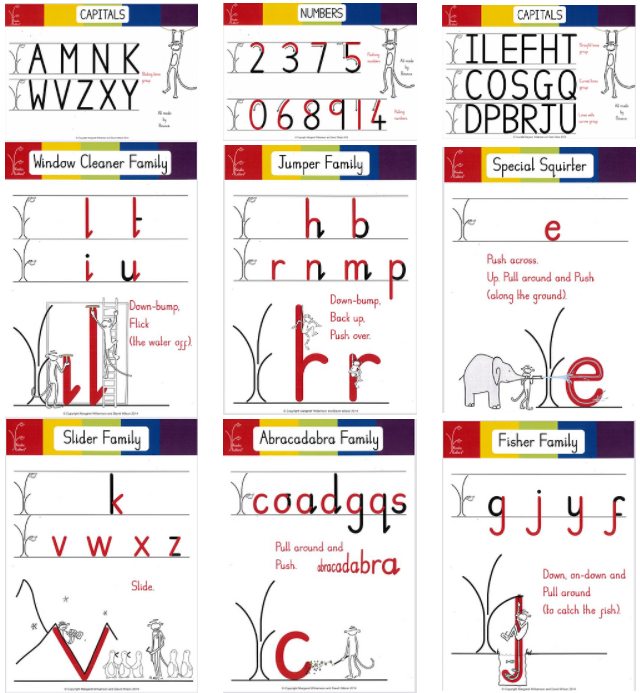Writing
At Holywell, we believe that strong writing skills empower our children to communicate clearly, confidently, and creatively in the world around them. Writing is a complex process that draws on many areas of learning—handwriting, spelling, vocabulary, grammar, punctuation, and composition.
Our evidence-informed writing curriculum is designed to build these skills step by step. Teachers explicitly teach and model each element, giving pupils regular opportunities to practise and revisit their learning. Writing is embedded across the curriculum, allowing children to write for a range of subjects, audiences, and purposes.
By the end of Key Stage 2, we aim for every pupil to:
-
Write with confidence, fluency, and understanding
-
Use a range of strategies to plan, monitor, and edit their own work
-
Develop a wide and rich vocabulary in both speech and writing
-
Understand and use a variety of text types and genres
-
Write in different styles and forms, appropriate to their audience and purpose
-
Show creativity, imagination, and critical thinking in their writing
Our curriculum is carefully sequenced so that children revisit each text type twice during the year. This supports deeper understanding and greater independence over time.
Children learn through:
-
High-quality model texts
-
Oral rehearsal and shared writing
-
Grammar, punctuation and spelling embedded within writing tasks
-
Sentence-level skill building
-
Teacher modelling of extended writing
-
Use of vocabulary tools like word banks, dictionaries, and thesauruses
This structured approach helps pupils build confidence and develop as independent writers, able to express their ideas with precision and flair.
Writing is celebrated throughout school life - through cross-curricular work, displays, performances, and competitions. With consistent practice and targeted feedback, pupils gain the skills and confidence to write with purpose and enjoyment.
Handwriting
At Holywell, we use the Kinetic Letters programme—a multisensory handwriting scheme that helps children write with speed, fluency, and legibility. It focuses on physical development as the foundation for writing success.
The four key elements of Kinetic Letters:
-
Making bodies stronger – building core strength and posture
-
Learning the letters – introducing letter families through movement
-
Holding the pencil – developing correct grip and fine motor control
-
Flow and fluency – building speed and automaticity
Children learn handwriting through stories featuring two monkeys—Bounce, the brave monkey who writes tall letters, and Skip, the careful monkey who writes smaller ones. Through these characters and a consistent approach, children gain the muscle memory and confidence needed for lifelong writing success.
Children are taught all of the Kinetic Letter families, upper case letter formation and number formation:

